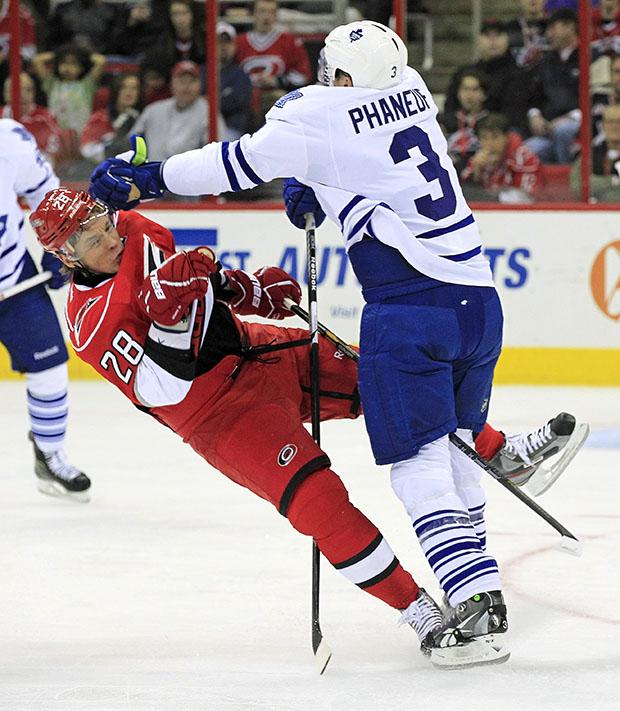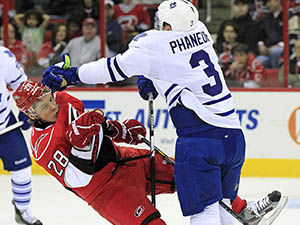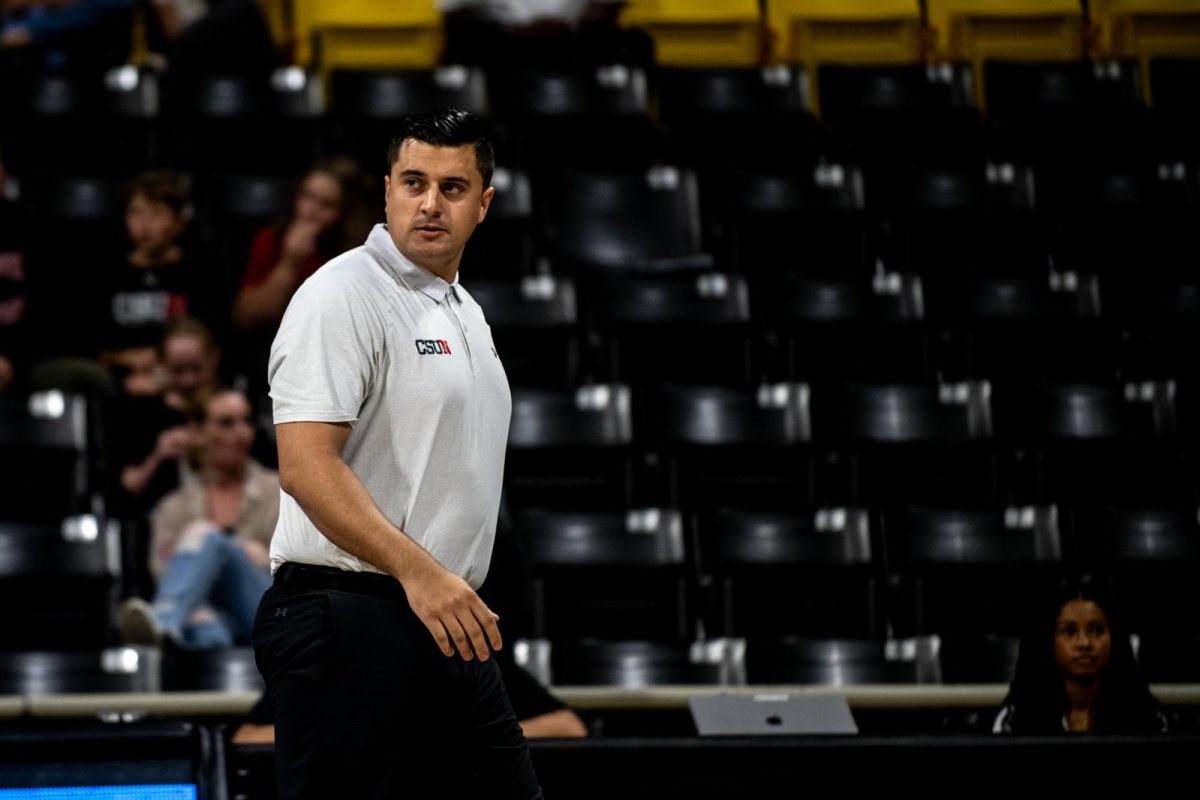
Last Monday, 10 former NHL players filed a class-action lawsuit against the NHL through a California-based law firm, alleging that the league was aware of (or should have been aware of) the dangers posed by concussions.
The 47-page suit claims that the NHL did not do enough to decrease the risk of head injuries and failed to inform its players of the long-term ramifications caused by trauma to the brain.
“While every blow to the head is dangerous, Plaintiffs did not know, and were not told by the NHL, how dangerous this repeated brain trauma is.”
Of the 10 plaintiffs, three played fewer than 20 career NHL games and none played in the league past the 1994 season (most played during the 70s and 80s).
The suit seeks medical care for former players, monetary value in damages and changes to the current rules to make the sport safer moving forward.
Although no dollar value has surfaced publicly, experts speculate that it could very well exceed the hundred-million mark, much like the NFL suit which settled for $765 million in August.
Unlike the NFL, which takes in a substantially larger profit when compared to the other four major sports, the NHL cannot afford to settle anywhere near that figure.
In response to the grievance filed, the league issued a statement citing that it was the National Hockey League Players Association’s responsibility to monitor player safety.
It will be up to the plaintiffs to prove that the league concealed information regarding player safety and that their long-term conditions were caused by their direct involvement in the NHL.
Because fighting is such a big part of the sport (the NHL is currently the only major league to permit fighting without immediate disqualification) changes to amend the rule could be fast approaching.
Commissioner Gary Bettman has publicly stated that there is no direct link between fighting and chronic traumatic encephalopathy, a degenerative brain disease, and will likely be forced to defend that statement in a court of law.
“Rule 48,” which prohibits hits where the head is the main point of contact is one new measure that the league has taken to avoid concussions.
Other precautions include forcing players with concussion-like symptoms to be removed from games and evaluated before being allowed to return. Visors on helmets were also made mandatory starting this year in an attempt to reduce injuries to the eyes.
So just how big of an impact could the concussion lawsuit have on the NHL?
In the immediate future, not too big, but there is a good chance that the NHL could face simultaneous lawsuits from the U.S. and Canada, which would be catastrophic in financial terms.
Additionally, the suit can have implications on the game’s future with worried parents feeling less inclined to sign their kids up for hockey, thus creating a shortage of talented prospects.
Similar to the NFL suit which was backed by more than 4,500 players, the NHL suit is likely to see an increase of retired players wanting some type of equity for their participation in the league.
There’s little doubt that the plaintiffs will be targeting big name players, to help attract more attention to their cause.
Assuming that a judge rules in favor of a class-action lawsuit, the NHL could be writing plenty of checks in the next couple of months—or years.






